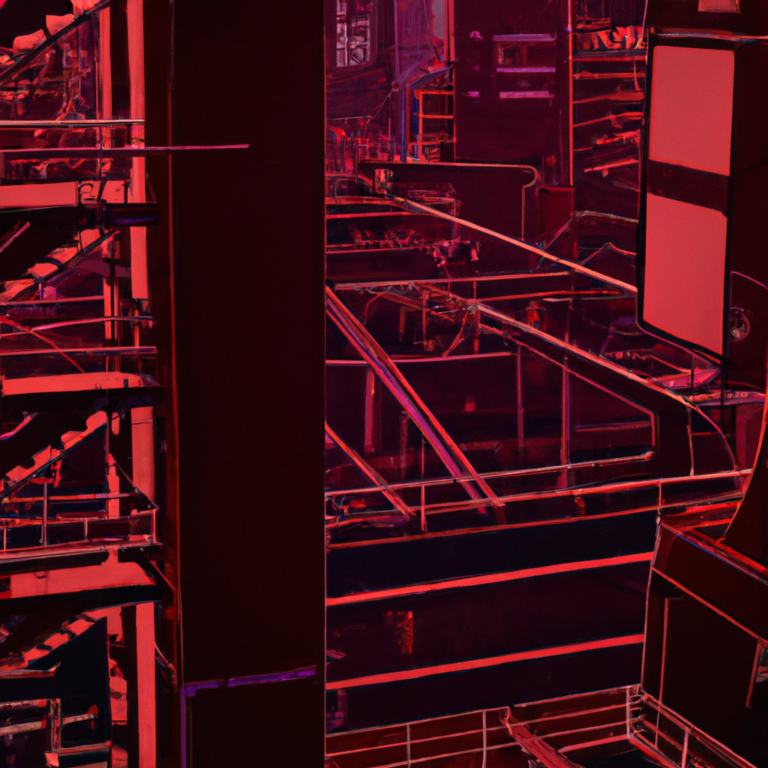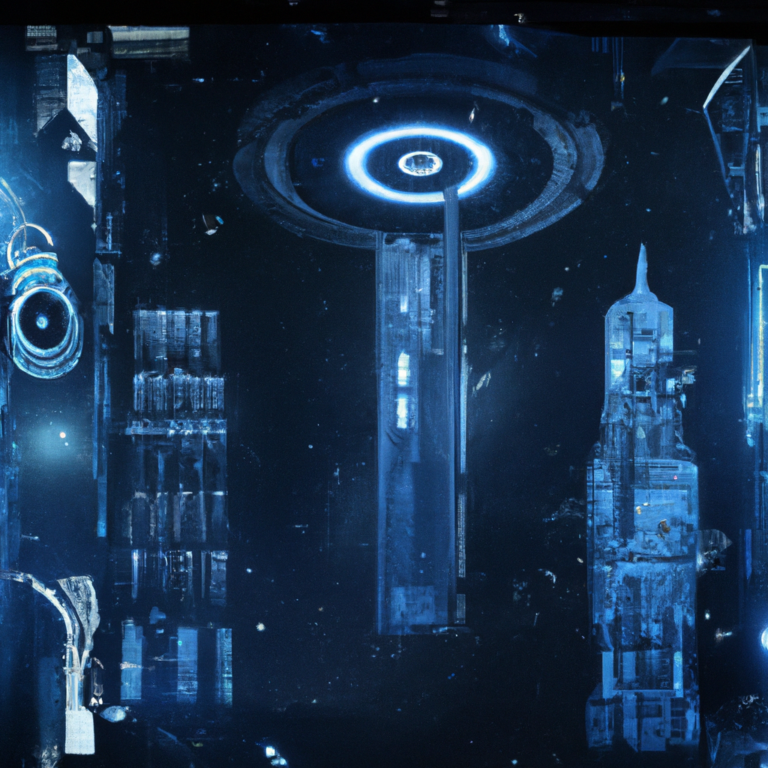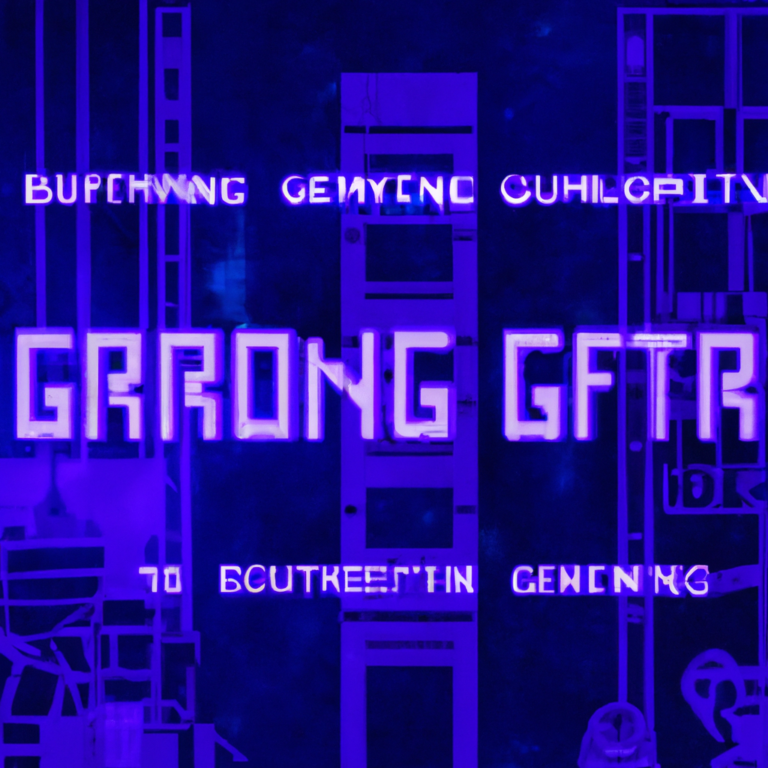“Unveiling the Secrets: A Comprehensive Overview of Game Development Workflows”
Game development workflows can be as diverse and multifaceted as the games they help create. But while every project has its unique requirements and challenges, certain practices have proven effective across the industry. This article will overview the typical game development workflow: from the initial concept to the final deployment.
The first step in any game development workflow is the Concept Development. This initial stage is where the game’s idea is born and refined. Concept development often includes brainstorming sessions, where developers come up with ideas for the game’s story, characters, and gameplay mechanics. The output of this stage is usually a Game Design Document (GDD), which serves as the blueprint for the entire game development process.
Following the concept development is the Pre-production stage. In this phase, the team will create a prototype to test the feasibility of the game mechanics and the overall design. This helps in identifying potential issues before entering a more expensive and time-consuming production stage. Additionally, during pre-production, level and character designs are developed, game rules are defined, and storyboards are created.
Once the pre-production phase has been completed, the project moves into the Production stage. This is typically the longest phase, taking up the most significant chunk of the game development timeline. The production stage involves creating and refining the game’s assets, such as 3D models, textures, and sounds. The game programming also takes place during this stage, which includes scripting the gameplay, artificial intelligence behaviors, and user interface.
Simultaneously, the Art & Animation team will create the visuals of the game. These can range from character designs and environmental assets to user interface elements. The created art assets are then integrated into the game engine alongside the game’s code.
After the production stage, the game enters the Testing phase. This crucial step ensures the game is fun to play, bug-free, and ready for the public. Testing involves a combination of automated testing methods and human testers who can provide feedback about the game’s overall feel and balance.
Once the game has been thoroughly tested and any bugs and issues have been fixed, it enters the Deployment phase. This is the point at which the game is published and made available to players. This could be through an online platform like Steam, app stores for mobile games, or physical copies for console games.
Finally, the Post-production phase occurs after the game’s release. This stage can include anything from maintenance and updates, player support, marketing, and even planning for sequels or expansions based on player feedback and reception.
In conclusion, game development is a complex process that requires careful planning and execution. By understanding the typical game development workflow, aspiring developers can better navigate the creation of their own games.







